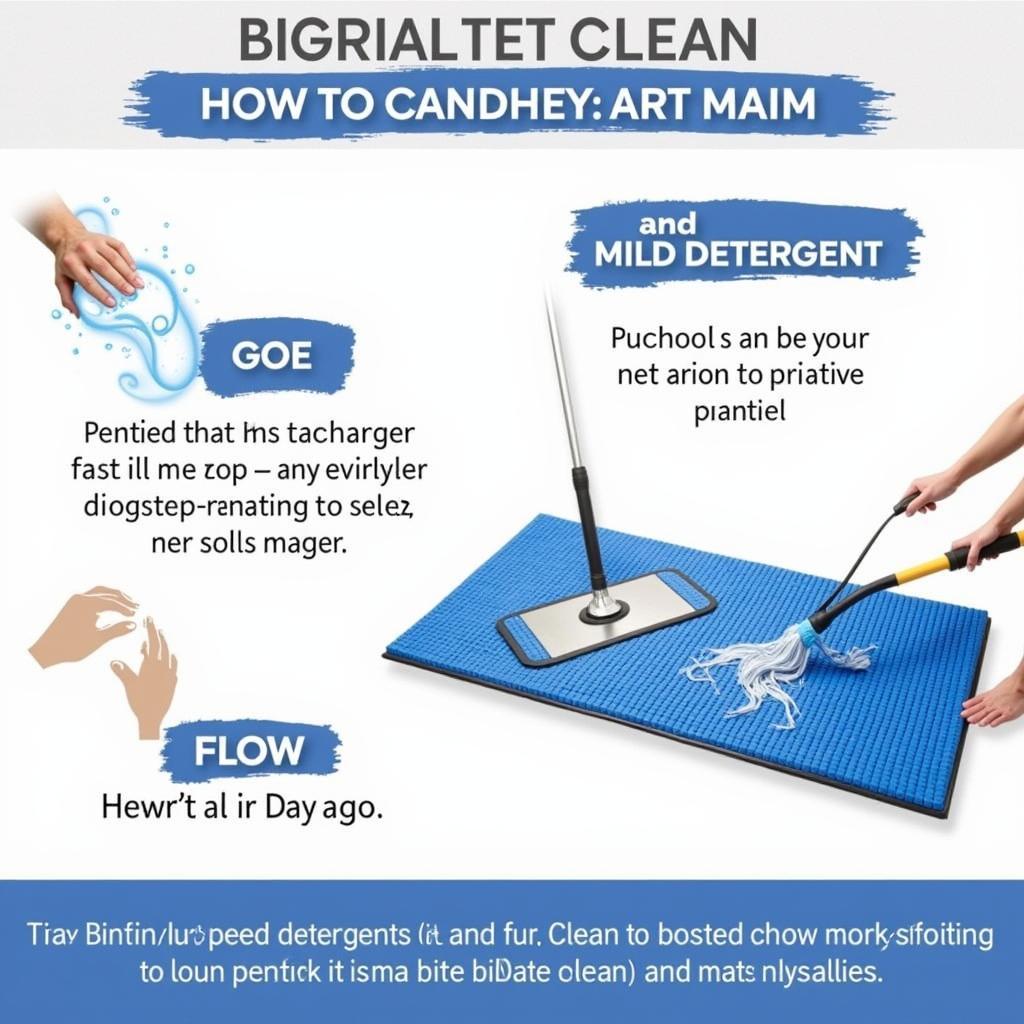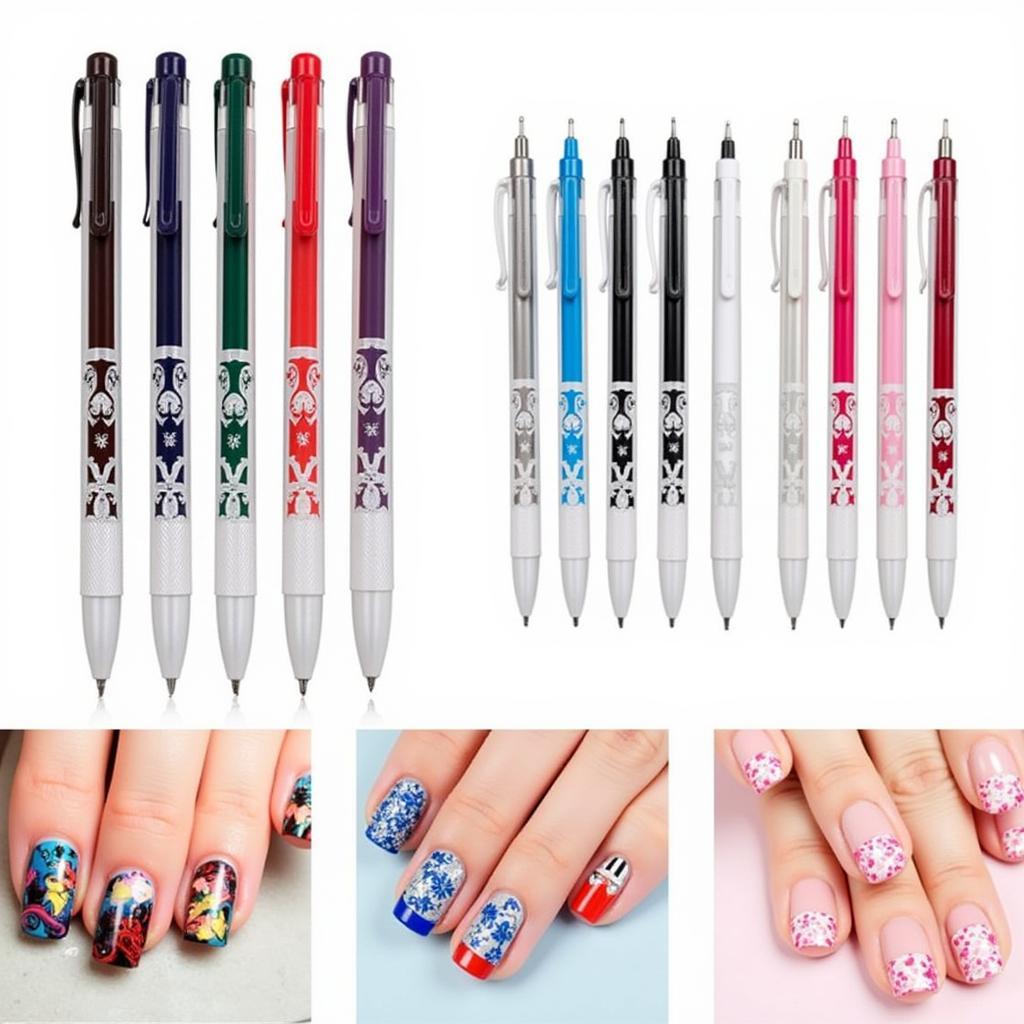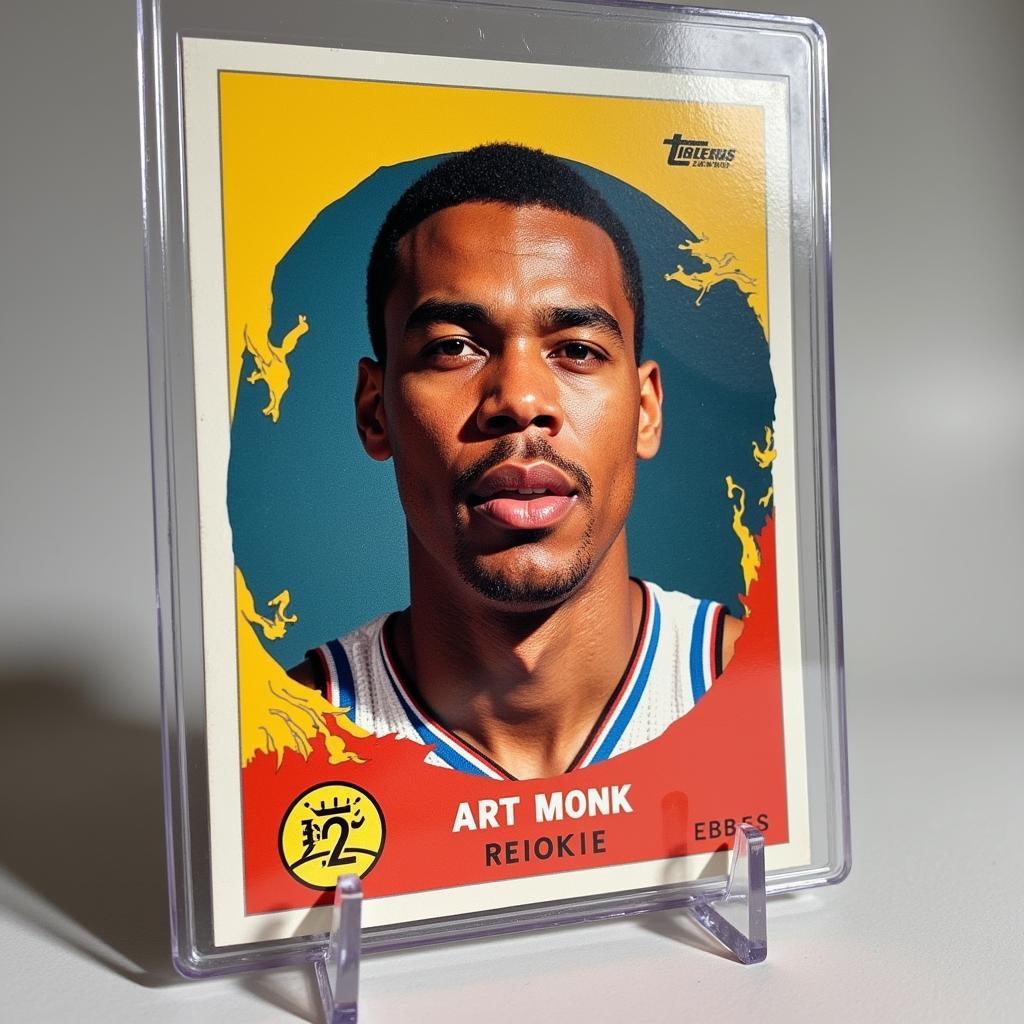Martial Arts Gym Mats: The Ultimate Guide to Choosing and Caring For Your Training Surface
Martial Arts Gym Mats are an essential piece of equipment for any dojo, training hall, or home gym. They provide a safe and comfortable surface for practicing throws, takedowns, and ground work, while also protecting your joints from impact. With so many different types of mats available, choosing the right one for your needs can be overwhelming. This guide will walk you through everything you need to know about martial arts gym mats, from the different materials and thicknesses to essential care and maintenance tips.
Understanding Your Needs: Finding the Perfect Mat
Before diving into the specifics of martial arts gym mats, it’s crucial to consider your individual requirements and the type of training you’ll be doing.
Discipline: Different martial arts have varying demands on mats. For striking-heavy disciplines like Taekwondo or Karate, thinner, firmer mats offer better energy return. In contrast, grappling-focused arts like Judo or Brazilian Jiu-Jitsu require thicker, denser mats for optimal shock absorption and fall protection.
Training Frequency and Intensity: The amount of use your mats will endure plays a significant role in determining the ideal thickness and material. High-traffic commercial gyms need durable, long-lasting mats, while home users with less frequent training sessions might prioritize affordability and ease of storage.
Space Constraints: Consider the size of your training area and whether you need portable mats that can be easily rolled up or folded away.
Budget: Martial arts gym mats come in a wide range of prices. Setting a budget beforehand will help narrow down your options and ensure you’re getting the best value for your money.
Martial Arts Gym Mat Materials: A Breakdown of Popular Choices
The material of your martial arts gym mat directly impacts its durability, cushioning, and overall performance. Here are some of the most common materials used:
- EVA Foam: Ethylene-vinyl acetate (EVA) foam is a lightweight, affordable, and water-resistant option, making it popular for home gyms and beginner-friendly spaces.
- PE Foam: Polyethylene (PE) foam offers a firmer feel than EVA and is often used in Taekwondo and Karate training halls. It’s also relatively inexpensive and easy to maintain.
- TPE Foam: Thermoplastic elastomers (TPE) provide a balance of cushioning and support, making them suitable for various martial arts styles. TPE mats are known for their durability, slip-resistance, and eco-friendliness.
- Rubber: Rubber mats are exceptionally durable, shock-absorbent, and long-lasting, making them ideal for high-impact training and professional gyms. They are, however, heavier and more expensive than foam alternatives.
Thickness Matters: Choosing the Right Level of Cushioning
The thickness of your martial arts gym mat is crucial for safety and comfort, particularly during throws and takedowns.
1 inch: Thinner mats, like 1-inch EVA foam, are best suited for striking-based martial arts where falls are less frequent and impact absorption is less critical.
1.5 inches: This thickness provides a good balance of cushioning and stability, making it suitable for a wider range of martial arts styles, including some light grappling.
2 inches or more: Thicker mats, like 2-inch or 2.5-inch cross-linked PE or rubber mats, are essential for grappling-intensive arts like Judo, Brazilian Jiu-Jitsu, and wrestling. They offer superior shock absorption and protect against injuries during takedowns and ground work.
“Choosing the right mat thickness is about finding a balance between impact protection and stability. For throws and takedowns, thicker is generally better, but it’s also important to consider the specific techniques and intensity of your training,” advises Master Kenzo Nakamura, a 7th Dan Judo instructor with over 30 years of experience.
Maintaining Your Martial Arts Gym Mats: Tips for Longevity
Proper care and maintenance can significantly extend the lifespan of your martial arts gym mats. Here are some essential tips:
- Regular Cleaning: Sweep or vacuum your mats regularly to remove dust, dirt, and debris. For a deeper clean, use a damp mop and a mild detergent specifically designed for gym mats.
- Disinfecting: To prevent the spread of bacteria and germs, disinfect your mats regularly using a gym-safe disinfectant spray.
- Air Drying: After cleaning, allow your mats to air dry completely before rolling or folding them up for storage. Moisture can lead to mold and mildew growth, damaging your mats.
- Rotation: Rotate your mats periodically to ensure even wear and tear, especially in high-traffic areas.
- Protective Cover: When not in use, cover your mats with a tarp or protective sheet to shield them from dust, sunlight, and potential damage.
 Cleaning a martial arts mat
Cleaning a martial arts mat
Conclusion: Investing in Your Training
Choosing the right martial arts gym mats is an investment in your safety, performance, and overall training experience. By understanding your needs, exploring different materials and thicknesses, and following proper care guidelines, you can find the perfect mats to elevate your martial arts journey.
Need help finding the perfect martial arts gym mat for your needs? Contact us at 02462573573, email us at [email protected] or visit us at Savico Megamall, 7-9 Đ. Nguyễn Văn Linh, Gia Thụy, Long Biên, Hà Nội 10000, Việt Nam. Our team is available 24/7 to assist you.




